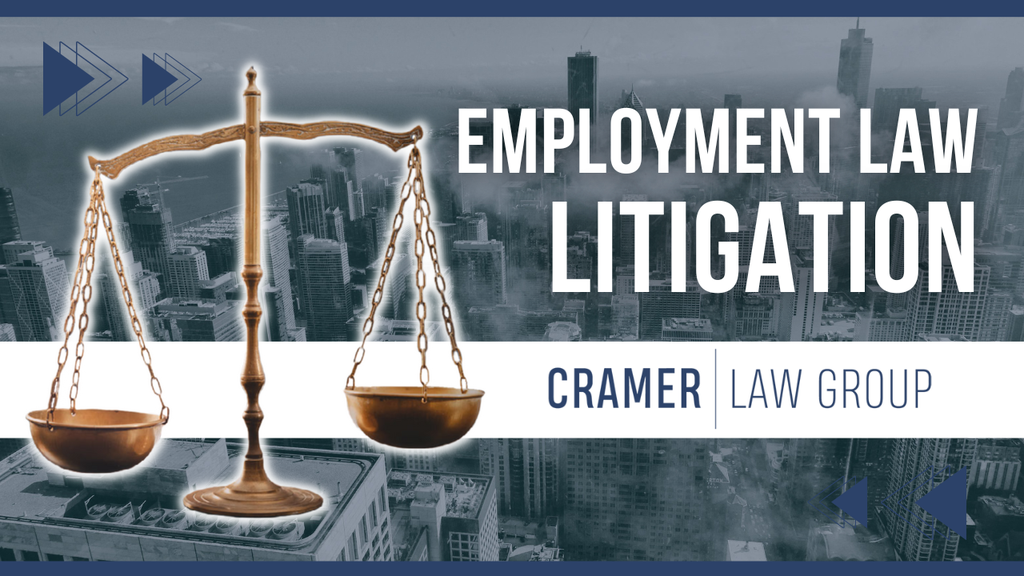
If you’re involved in an employment dispute heading to court—whether it’s in federal or state court—be prepared for a lengthy process. Here’s what to expect as your case moves through the litigation stages.
1. The Initial Hearing: Setting the Stage
Once a lawsuit is filed, the first step is an initial hearing. The judge will bring both parties together to outline the case and establish a schedule. This schedule includes key dates for document exchanges, depositions, and other procedural matters. It’s a crucial moment for setting expectations and ensuring that both sides are prepared for what’s to come.
2. Discovery: Gathering Evidence
The next phase is discovery, where both parties exchange information relevant to the case. This involves gathering documents, data, and other evidence that will support each side’s arguments. If you’re representing an employee, you might request company files or other key documents related to the employment situation. In turn, the employer might ask for proof that the employee has attempted to find a new job, which is known as evidence of mitigation of damages. This stage is all about building the foundation for each party’s case.
3. Dispositive Motions: The Critical Turning Point
As the case progresses, you’ll reach a crucial stage known as dispositive motions—often described as the “put up or shut up” moment. In civil court, unlike in criminal court, you don’t have an automatic right to a jury trial. To proceed to trial, you must meet certain legal standards.
Typically, defendants will file a motion for summary judgment, arguing that there isn’t enough evidence to warrant a trial. They’ll claim that the facts are clear and undisputed, and therefore, no trial is necessary. In response, the plaintiff (the employee) must highlight any disputes of material fact, showing that there are genuine disagreements over key points. This is a crucial phase where strong legal representation can make all the difference.
4. Motions for Summary Judgment: Deciding if a Trial is Necessary
Motions for summary judgment are the primary tools used in dispositive motions. The employer files a motion, asserting that there’s no substantial evidence for the employee’s claims, and everything supports the employer’s version of events. In response, the employee’s attorney must demonstrate that enough conflicting evidence exists to move forward to a trial. This involves thoroughly reviewing and presenting documentation that contradicts the employer’s claims.
Navigating the Complex Litigation Process
Employment litigation is a multi-step process that requires careful planning, strategic gathering of evidence, and a deep understanding of the law. From setting up an initial schedule to handling dispositive motions, each phase is critical to the outcome. At Cramer Law, we have extensive experience guiding clients through every stage of employment litigation. If you’re facing a legal dispute, our expertise can help you navigate the complexities of the courtroom with confidence. Reach out to us today to discuss your case and learn how we can support you.



